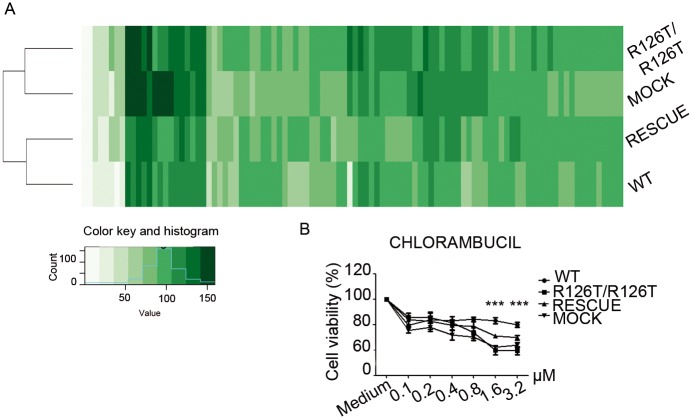Fig 6. Drugs show a similar sensitivity profile between SBDS mutant or wt cells, but unveil a slight sensibility to selective DNA damage in SBDS mutant cells.
(A) 100 molecules drug screening. Wild type, SbdsR126T/R126T, SbdsRESCUE and SbdsMOCK MEFs were treated for 48h with 100 molecules selected from oral commercial drugs in UK. The heatmap shows a similar trend in all genotypes. However, the hierarchical clustering underlies that SbdsR126T/R126T and SbdsMOCK cells are more similar among them, than the wild type and SbdsRESCUE cells. (B) Dose-response sensitivity to Chlorambucil a DNA alkylating drug. After the first large screening, molecules showing different activity in SbdsR126T/R126T were selected for a second dose-response assay. The chemotherapic Chlorambucil is more toxic to SbdsR126T/R126T and SbdsMOCK MEFs (1,6 μM and 3,2 μM, 48h). Two-tailed t-test, paired (***P value P≤0.001).

